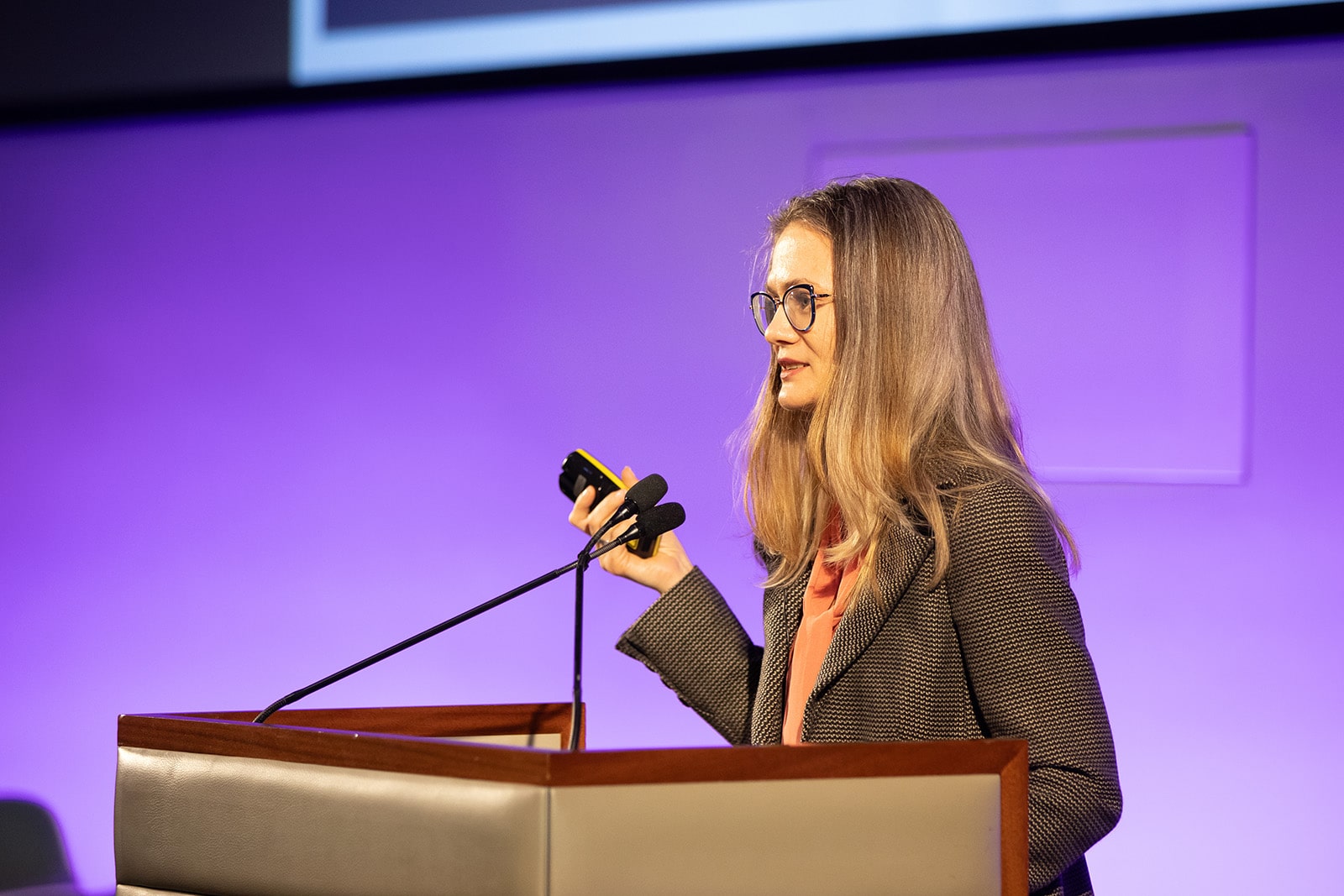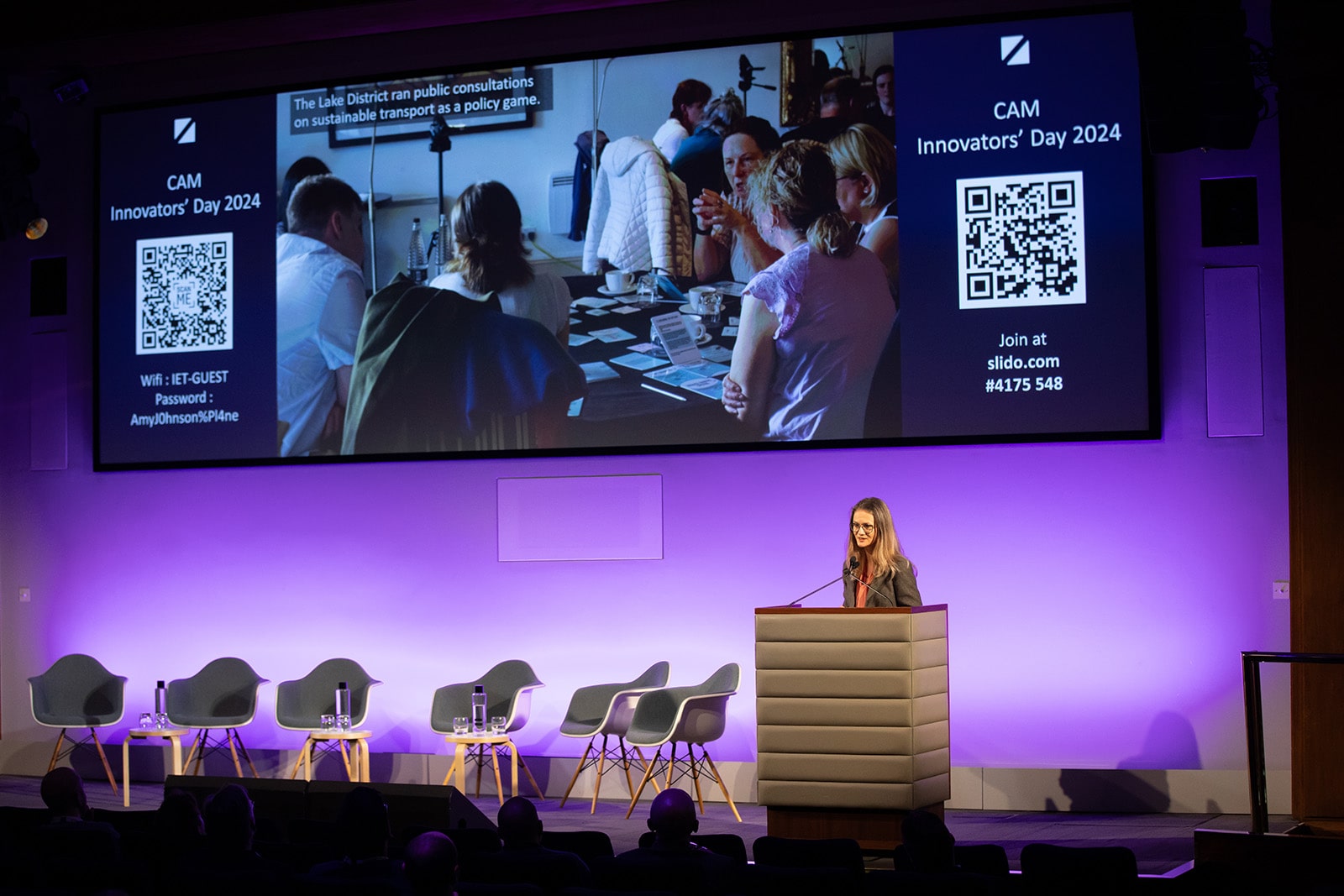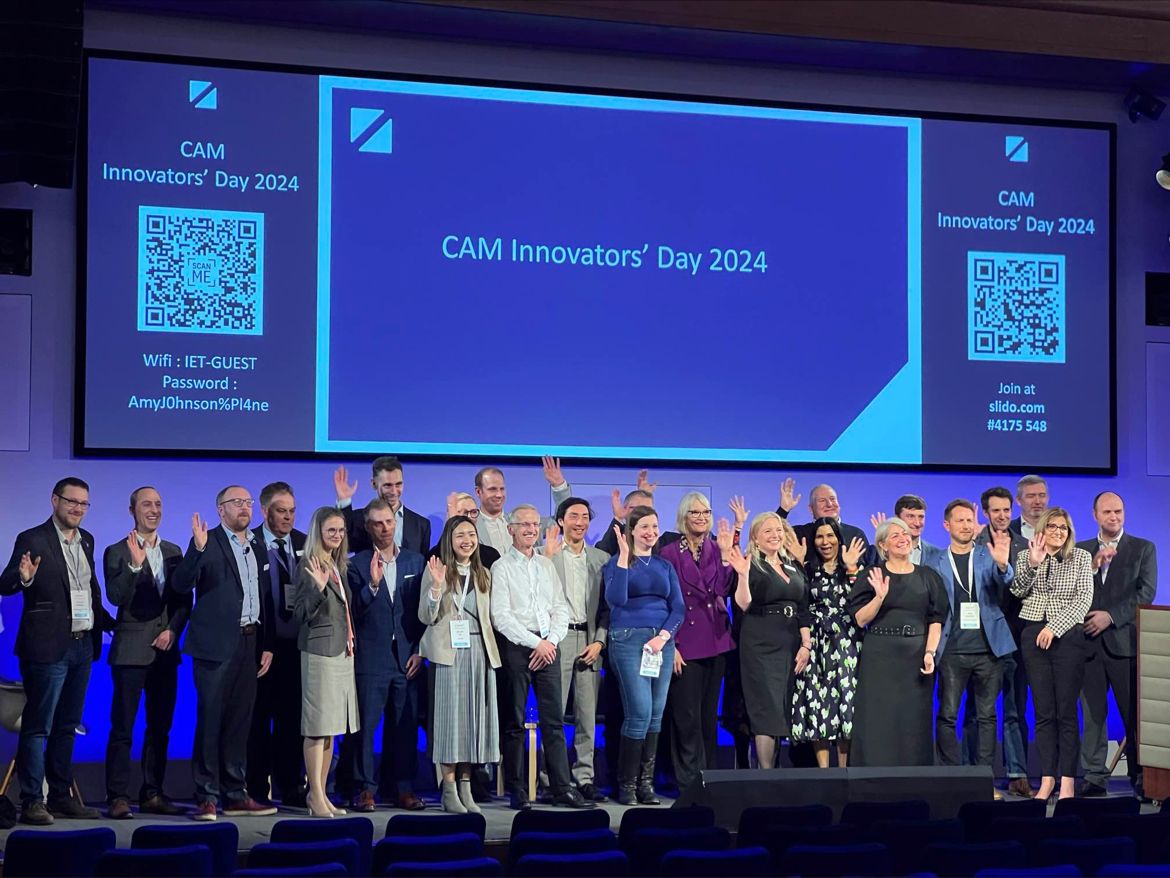
On the 12th March 2024, Agnessa Spanellis opened a session on public trust and acceptance with a keynote speech. The keynote alluded to the challenges of introducing new technology in urban spaces and the risks of not involving citizens that might result in prank movements and civil disobedience. Agnessa gave an example of the gamification work on public consultation in the Lake District as an alternative more engaging approach to involving the public into consultations early on.
The session was chaired by Jonathan Smith from Warwick Manufacturing Group, joined by Edward Houghton from DG Cities, Gordon McCullough from Research Institute for Disabled Consumers, and Helen Ng from Jacobs.


This session was part of the annual Connected and Automated Mobility (CAM) Innovation Summit, organised jointly by Zenzic and Centre for Connected and Automated Vehicles as part of the Department for Transport. The event was opened by a speech from the Minister of State, Nusrat Ghani MP, talking about this community as an exemplar case of the industry, CSOs and policymakers working together to shape the future. It was followed by a talk by Sir John Armitt, CBE from National Infrastructure Commission, talking about the need to look at CAM holistically, considering not only technology, but also underlying infrastructure, regulations, adjacent sectors, such as insurance, etc.
The panel focused on the following topics:
- Engaging with and trusting the public. We should not be afraid to engage with end users and general public. Trust works both ways. You might be surprised how people engage and what insights they might bring to the table. Gamified approach has demonstrated over and again how engaging such involvement might be.
- Advocating for accessible CAM. It is important to consider the need of diverse groups of people, e.g., people with disabilities, already at the planning stage. There have been examples when EV charging stations had to be retrofitted because wheelchaired users couldn’t access them. At the end the customer pays the bill.
- The need to take a holistic view on CAM. We need to consider its impact on cities and transportation systems. Well-designed regulations are key. We have to consider that CAM not only solves existing problems, but might also create unintended consequences.
- Fostering innovative ideas in CAM. How can we make CAM enjoyable? Can we envision the vehicles as social hubs and mobile workspaces? Perhaps, gamification might be one of the approaches to think about CAM more creatively.

